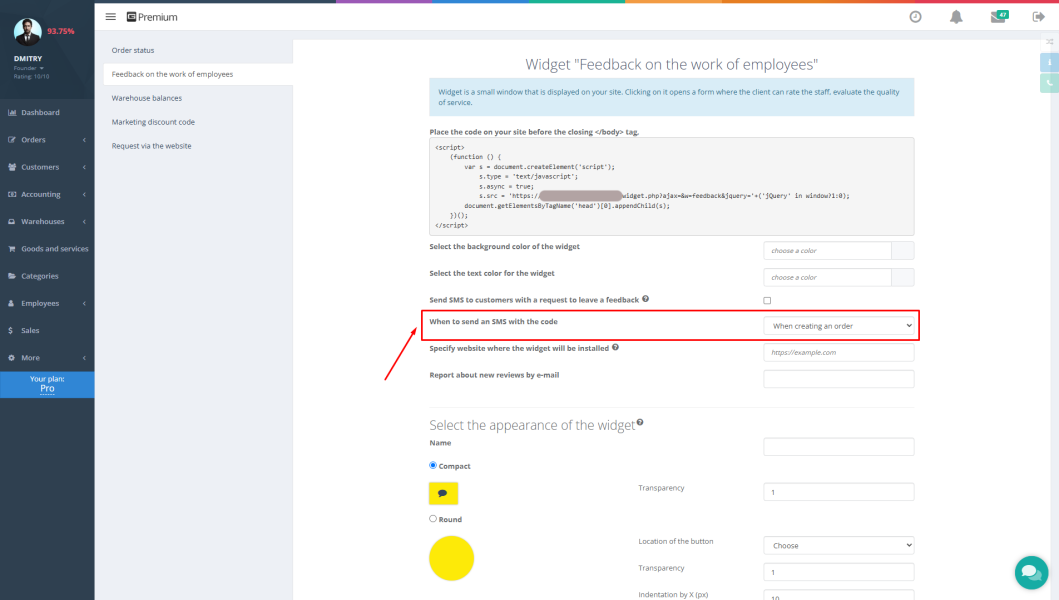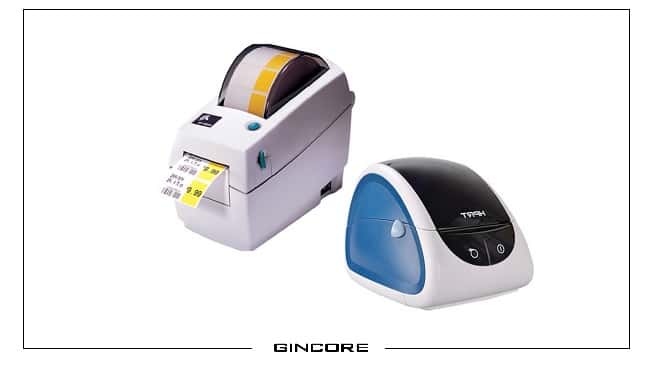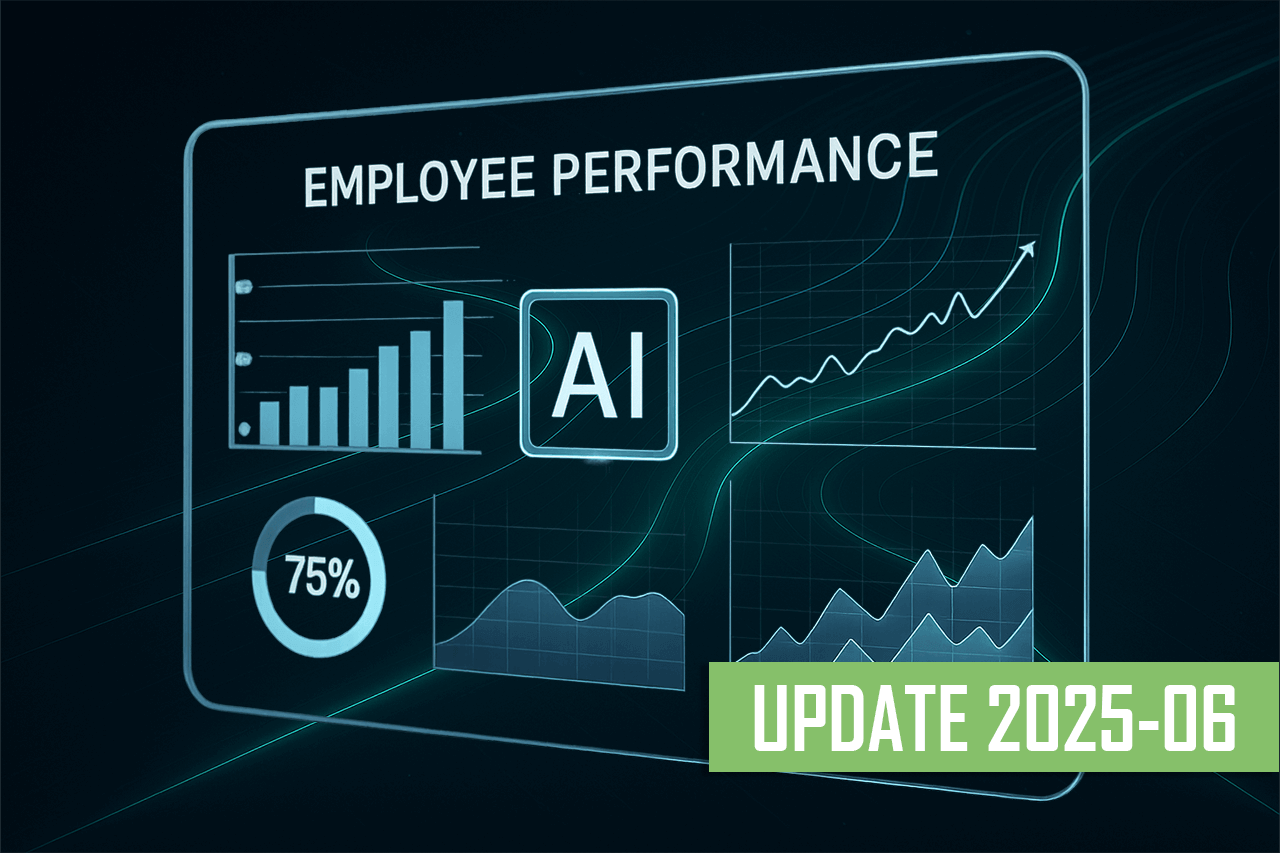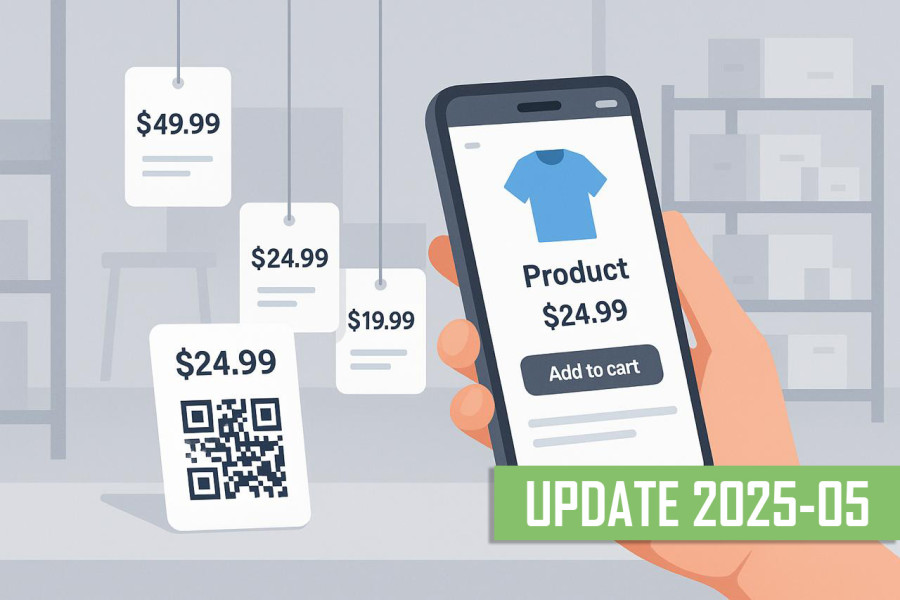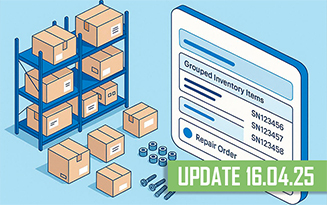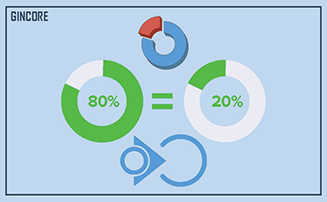Your managers call clients every day. But how much money is your business losing due to ineffective calls?
❌ You train your employees, but sales do not increase.
❌ Managers speak beautifully, but they don’t close deals.
❌ Mistakes are repeated, and clients are leaving.
🔥 Fact: Companies that do not monitor calls lose up to 50% of potential clients.
🚀 What will you learn from this article?
✅ How to assess call quality – 5 key metrics that reveal real issues.
✅ Why training without monitoring is a waste of money – 80% of managers forget techniques within a month.
✅ How call analysis automation reveals mistakes – the system identifies losses rather than just recording conversations.
✅ How Gincore helps boost sales – automated call analysis increases conversion by 20–30%.
📌 If you’re not monitoring calls, you’re losing money.
Why are poor calls a hidden loss for businesses?
Your managers are losing clients. Every day. Some clients turn to competitors after a phone conversation. Why? Because the calls are conducted ineffectively.
According to research, up to 50% of potential deals fall through due to poor communication. Managers lose clients without knowing how to conduct a proper dialogue. Mistakes occur in every second call, but no one notices.
Business leaders spend money on advertising, marketing, and acquiring new clients. But what if the problem needs to be addressed elsewhere? What if clients are already with you but aren’t buying due to poor call quality?
One unfortunate phrase, and the client is gone. No clear structure in the conversation–the client loses interest. A manager who lacks objection handling skills leads to lost deals. The result: lost profits, increased dissatisfied clients, and a damaged reputation.
Quick Test: Is your business losing money on calls? Answer these three questions:
1. Do your managers follow a clear call structure?
2. Do they identify needs or just talk about the product?
3. Do they confidently handle objections or lose clients after the first rejection?
If at least one answer is “No” – you have a problem with calls.
You’re losing clients not because you have a bad product, but because your managers don’t know how to sell over the phone.
How can this be fixed? First, you need to identify the problem. Understand what mistakes are made during calls. And most importantly – learn how to avoid them.
Top 5 Critical Errors Managers Make on Calls
Every call is an opportunity. However, managers often make mistakes that hinder closing deals and booking clients for services. Let's explore the five most common errors.
1. No clear structure to the conversation
The manager calls but doesn’t know where to lead the dialogue. There’s no clear plan. As a result, the conversation turns chaotic, the client loses interest, and politely ends the call.
What a bad call looks like:
– “Hello, we sell X, and it’s really great!”
– “Would you like to buy?”
How to fix it:
– Use a call structure: greeting, identifying needs, proposing a solution, handling objections, closing the deal.
– Control the conversation flow by asking the right questions.
2. Manager talks too much
Research shows that clients are more satisfied with interactions when they are listened to rather than interrupted. For example, the company Games24x7 recorded a 20% productivity increase after implementing automated call analysis. Managers began to speak less and listen more. A client calls to resolve their issue, not to hear long monologues. If the manager doesn't allow the client to express themselves, they lose interest.
What a bad call looks like:
– “Our product is the best because it has this, this, and also that...”
– “We also have promotions, bonuses, discounts...”
– “...And then it does this...”
How to fix it:
– Apply the 70/30 rule: the client should talk 70% of the time.
– Actively listen and ask clarifying questions.
3. Inability to handle objections
According to NICE, using automated call monitoring has helped many companies better identify and address client objections. Analyzing calls shows which objections often stall deals, and data analysis allows for the creation of effective scripts.
Learn more about handling objections “It’s too expensive,” “I need to think about it,” “I’ll look at other options first.” If the manager doesn’t know how to respond correctly, the client walks away.
How to fix it:
– Prepare scripts for objection handling.
– Ask the client: “What exactly concerns you?”
– And provide a solution.
4. Lack of personal approach
According to Qualtrics research, personalizing communication increases client loyalty by 30%. Utilizing CRM and past interaction history allows managers to make calls more individualized, while automated call analysis tools help monitor the level of personalization. Clients feel like they are being read a script. There’s no personal touch. This is especially critical in services – clients want their needs acknowledged.
How to fix it:
– Identify the client’s needs at the beginning of the call.
– Use information about the client from Gincore’s CRM.
5. No analysis and follow-up on mistakes
SQM Group discovered that 39% of clients have to reach out to a company again due to flaws in communication. Automated call analysis reveals these errors, reducing repeat contacts and increasing conversion rates for closing deals.
How can errors be automatically monitored?
Managers make the same mistakes repeatedly, but no one notices. As a result, call quality doesn't improve, and businesses lose clients.
How to fix it:
- Record and analyze calls – identify mistakes and work on them.
- Use automated analysis of calls – the system will show where clients are being lost.
- Monitor adherence to scripts – if a manager doesn’t follow the script, sales drop.
📌 We previously explored call quality control in depth → How to Automatically Monitor Calls and Increase Sales.
Why is training for calls without monitoring a waste of money?
Training is good. But without monitoring, it loses effectiveness. Managers undergo training, read scripts, and listen to ideal call examples. But what happens afterward? Within a week, they revert to old habits.
Companies invest in employee training, but without monitoring and feedback, results quickly fade away. Without call analysis, it’s impossible to understand what managers are truly applying in practice and what remains theoretical.
🔹 What happens without monitoring? – Managers continue to make the same mistakes. – Clients receive subpar service. – Sales stagnate, and trust in the company diminishes.
🔹 How to improve the situation? – Implement a call analysis system that reveals actual mistakes. – Regularly review challenging cases and provide improvement recommendations. – Utilize automated quality assessment tools like Gincore.
When control and analysis become part of the workflow, call quality improves. Managers begin to listen to clients better, handle objections correctly, and finalize deals.
How does call analysis automation help avoid mistakes?
Modern technologies not only allow for monitoring calls but also analyzing them in real time. Artificial intelligence identifies mistakes, assesses dialogues, and helps managers enhance their communication skills.
🔹 How does it work?
- Call recordings are analyzed automatically.
- AI identifies mistakes, such as interrupting the client, not following the script, and failing to address objections.
- A report with recommendations for improvement is generated.
🔹 What advantages does automation provide?
- ✅ Eliminates subjectivity in evaluating conversations.
- ✅ Enables quick training for new employees.
- ✅ Provides access to a database of calls with error analysis and recommendations.
- ✅ Enhances customer service levels and sales.
- ✅ Reduces the time leaders spend manually listening to calls.
The Gincore system helps companies save time and money while improving client service quality. Try Gincore today and discover the mistakes your managers are making. Start analyzing calls automatically and increase sales and service effectiveness without extra effort! Automation tools ensure continuous monitoring and skill development for employees without overloading managers.

.png)




